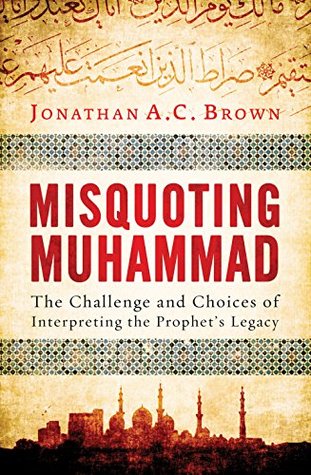The cases of Spinoza and Woolston offer a clear distinction between the cognitive content of an idea or a component of a scholarly tradition and the ideological purposes to which it is put to use.4 The main route for introducing change to a conservative interpretive tradition is to employ veteran tools from its repository to advance unprecedented ideas. But one must do so without seeming to break the coherence of that system or pandering too obviously to external agendas. Overloaded or pushed too far, even the most indigenous interpretive scheme will run aground.
Welcome back. Just a moment while we sign you in to your Goodreads account.


